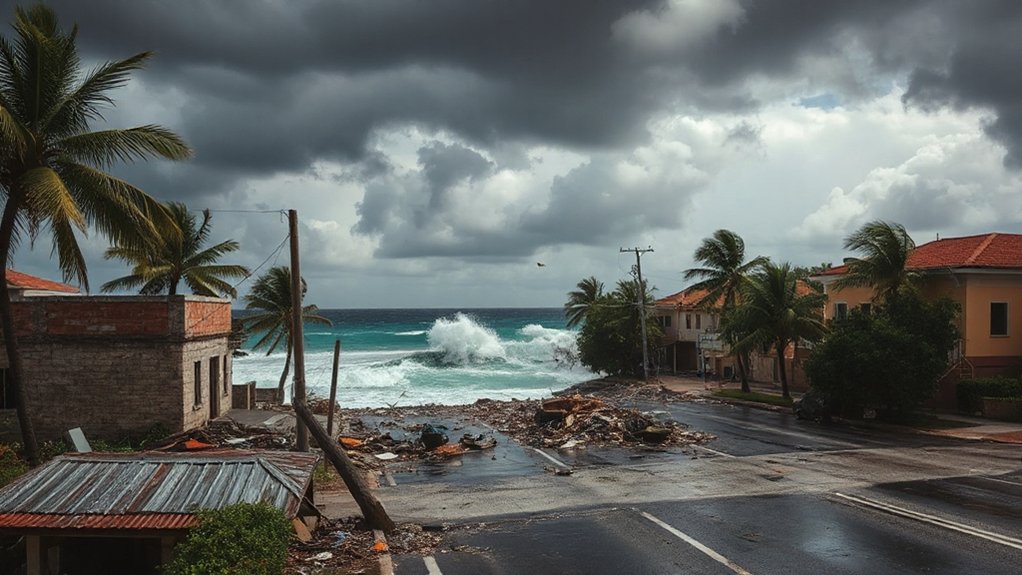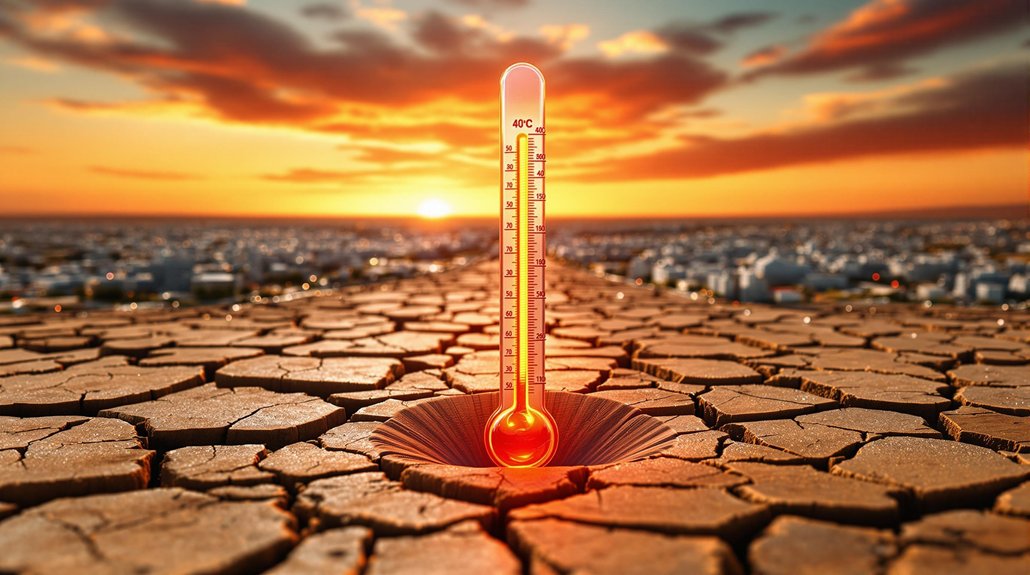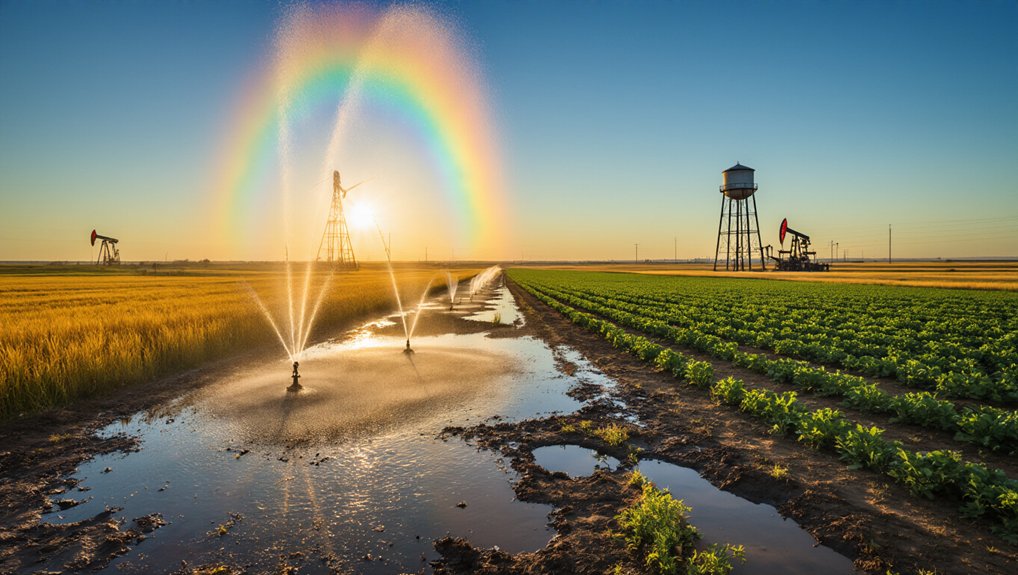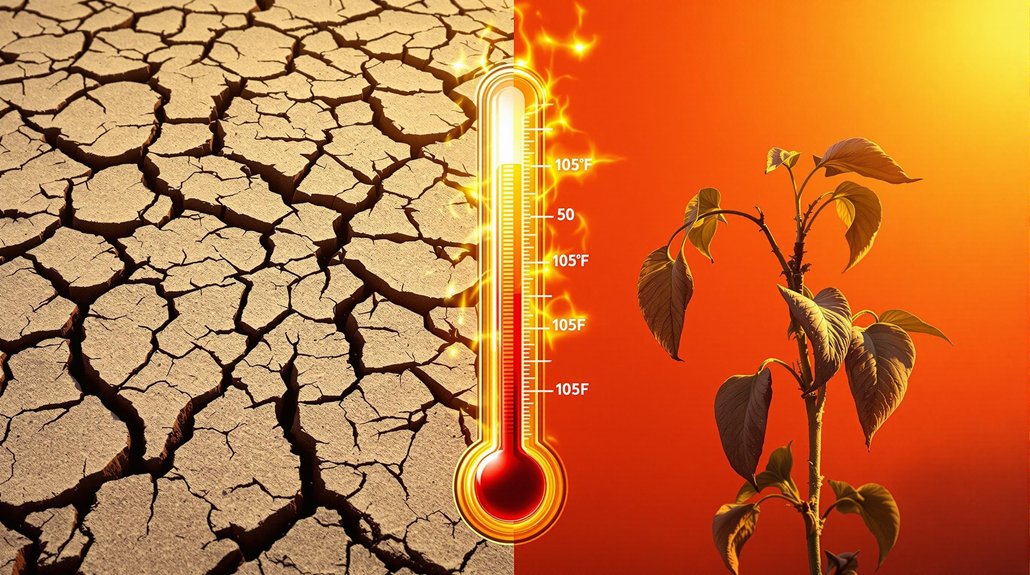While millions of Americans casually fill their glasses with tap water each day, a silent threat lurks beneath the surface. PFAS, or “forever chemicals,” are contaminating drinking water across the country, with over 73 million Americans exposed at levels exceeding EPA standards. Not good.
Asheboro residents aren’t alone in their unwitting consumption of these cancer-linked substances. The highest PFOA levels found in U.S. drinking water have reached a staggering 11,000 ng/L. That’s not a typo. These chemicals don’t just pass through our bodies—they stick around, accumulating over time and potentially leading to kidney cancer, testicular cancer, thyroid disease, and liver damage. All from something as innocent as drinking water.
Forever chemicals don’t play by fair rules—they enter through our taps, stay in our bodies, and leave cancer in their wake.
Funny how the most basic necessity can become a health hazard, isn’t it?
The contamination spreads far beyond American borders. From Korea to Ghana, Brazil to Sweden—PFAS are everywhere. Brazilian tap water contains PFOA at average 46 ng/L and PFOS at 44 ng/L. Even bottled water isn’t safe. Turns out plastic isn’t the miracle solution after all.
The EPA finally took action in April 2024, establishing Maximum Contaminant Levels for six key PFAS chemicals. They’re pumping $1 billion into testing and treatment. Too little, too late? Maybe. But it’s something.
The problem? These chemicals are stubborn. They don’t break down. Hence the charming nickname “forever chemicals.” They leach into water from manufacturing sites, military bases, wastewater plants, and even fertilizer made from sewage sludge. Recent research indicates that restaurant chains like McDonald’s are working to eliminate PFAS-containing packaging that contributes to the widespread contamination. Traditional water treatment? Useless against PFAS.
The WHO advises minimizing PFAS concentrations “to as low as reasonably practical.” Translation: get these chemicals out of our drinking water before more people get sick.
Meanwhile, many water supplies still lack proper treatment. So millions continue drinking contaminated water daily, unaware of what’s really in their glass. The EPA estimates their regulations will prevent thousands of deaths. Public water systems must monitor and report PFAS levels by 2027, with non-compliant systems required to implement solutions by 2029. Let’s hope they’re right. Lives literally depend on it.
References
- https://www.nature.com/articles/s41545-023-00274-6
- https://www.epa.gov/sdwa/and-polyfluoroalkyl-substances-pfas
- https://www.thenewlede.org/2025/07/new-maps-reveal-73-million-people-exposed-to-pfas-in-us-drinking-water-above-epa-standards/
- https://www.who.int/teams/environment-climate-change-and-health/water-sanitation-and-health/chemical-hazards-in-drinking-water/per-and-polyfluoroalkyl-substances
- https://www.epa.gov/pfas/pfas-resources-data-and-tools
- https://www.eesi.org/papers/view/issue-brief-the-state-of-pfas-forever-chemicals-in-america-2024








